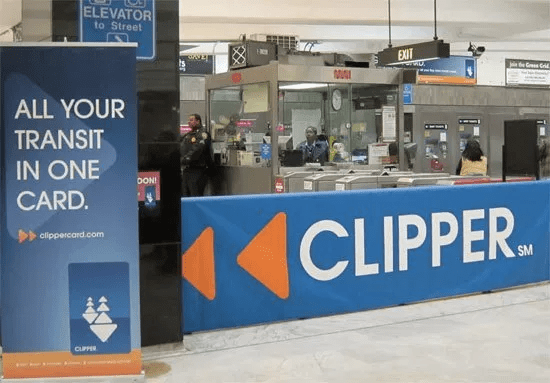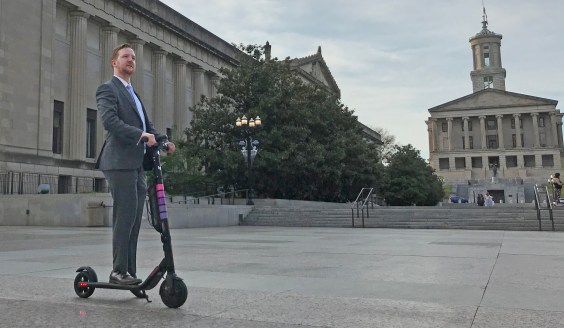Note: Metropolitan Shuttle, a leader in bus shuttle rentals, regularly sponsors coverage on Streetsblog San Francisco and Streetsblog Los Angeles. Unless noted in the story, Metropolitan Shuttle is not consulted for the content or editorial direction of the sponsored content.
The nine-members of the Clipper Executive Board of the Metropolitan Transportation Commission, representing major transit operators in the Bay Area, unanimously approved a $600,000 allotment to "fund a fare coordination and business case study scope of work." The approval took place at its regular meeting Monday afternoon at the Caltrain/SamTrans offices in San Carlos.
This is a major breakthrough towards integrating fares across Bay Area transit providers, said advocates.
After:
— Seamless Bay Area (@seamlessbayarea) September 16, 2019
170 Letters to Transit Agency boards;
1 Workshop w/ 50+ board members + exec staff;
3 MTC transformative project submissions;
3 Clipper Exec Board meetings; &
982 Seamless Transit Principles signatures;
The CEB voted today to advance a business case for fare integration! https://t.co/GEkDrx3f9M
"This is a great step towards a seamless region," said Arielle Fleisher, Transportation Policy Director for SPUR and a major advocate for a rational fare structure, including free transfers, between different transit operators in the Bay Area. "Transit Agencies seem to have received the message that the public expects them to work together to do what's right for the customer," added Seamless Bay Area's Ian Griffiths.
"One of my biggest frustrations with BART was its management's unwillingness to coordinate fares and schedules with connecting transit services," wrote Livable City's Tom Radulovich, who was also a BART Director for two decades. "Partly as a result, the percentage of BART riders saying they take transit to BART declined considerably. The lack of fare and schedule coordination is a continual source of puzzlement and frustration for folks who use multiple transit systems."
As regular Streetsblog readers are aware, fare integration and coordination--of the type one typically sees in other countries--results in increased ridership. The Bay Area's 27 transit operators have a dizzying array of fare structures, with few to no transfers between systems. These are widely seen as major impediments to increasing ridership. Up to now, parochial interests among Bay Area transit operators have repeatedly resulted in the quashing of efforts to emulate European-style ticketing. Just three months ago the MTC board punted doing a fare integration study.
So what changed? Did the departure of Steve Heminger, former director of the MTC, and other directors no longer on the committee, play a role? "Therese McMillan’s leadership is huge," responded Fleisher, who also attributed it to the many advocates who hammered transit boards to do something about fare integration. "The chair mentioned the consistent correspondence that the Clipper Executive Board has received supporting fare integration in his introduction to the item," said Friends of Caltrain's Adina Levin.
"I haven’t often been tempted to show up and wag my finger at my former colleagues, but reading about a BART manager tanking the regional transit fare integration discussion again (a previous BART GM did the same thing after RM 2 passed) got me quite irate. I’m glad that BART and the other agencies, after well-deserved public shaming, have reconsidered and agreed to study fare integration," said Radulovich.
Of course, there's still a lot of work to do, including working out the mechanisms to get schedules coordinated between different agencies. And there are the larger governance issues "The lack of a clear lead regional transit authority in the Bay Area was a primary reason why pursuing fare integration has taken us so long, and it will continue to hold back our progress unless addressed," said Griffiths. "This experience underscores the need for broader governance reforms that will position the Bay Area to move much more quickly to implement a seamless transit system."
But thanks to this vote, soon advocates and transit agencies will have the essential data and information they need to begin integrating fares. The funds for the study still have to be cleared by an allocation committee in early October, but advocates seemed optimistic it will be approved.






